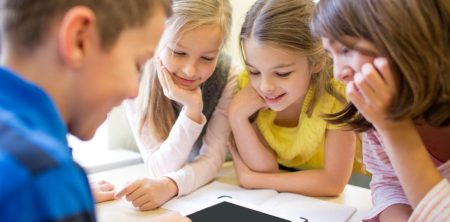In contemporary educational environments, innovative teachers are discovering the unique capacity of kids animated shows to serve as cultural literacy tools. These visual narratives offer students windows into diverse cultural practices, historical contexts, and global perspectives through accessible and engaging formats. The strategic incorporation of these shows into educational practice represents a progressive approach to cultivating cultural awareness in young learners.
Cultural literacy—the ability to understand and navigate various cultural references, traditions, and perspectives—has become an essential educational objective in our interconnected world. Animation provides a uniquely powerful medium for introducing these complex cultural dimensions to children, combining visual representation with storytelling in ways that make unfamiliar customs and worldviews accessible to young audiences.
Historical literacy development represents one significant dimension of animation’s educational potential. Many animated programs thoughtfully incorporate historical settings and events, introducing children to different time periods through engaging narratives. Teachers who recognize these opportunities can extend these introductions into deeper explorations of historical contexts, helping students develop chronological thinking and historical perspective-taking skills.
The representation of diverse cultural practices in animated programming provides another educational avenue. Shows that authentically portray cultural traditions, celebrations, foods, and daily practices offer children glimpses into ways of life different from their own. This exposure builds the foundation for cultural respect and appreciation, particularly when guided by educators who can contextualize these representations and address potential stereotypes.
Linguistic diversity features prominently in many globally-oriented animated shows, introducing children to the reality of multilingualism and various communication patterns. This exposure to language diversity helps young learners recognize that their own linguistic practices represent just one possibility among many, fostering openness to linguistic differences they may encounter throughout their lives.
Value systems and moral frameworks across cultures often find expression in animated storytelling. The ethical dilemmas and resolutions portrayed in these narratives can spark meaningful classroom discussions about how different cultural contexts influence approaches to right and wrong. Teachers who facilitate these conversations help students develop ethical reasoning that acknowledges cultural relativity while identifying universal human values.
The representation of diverse family structures and community organizations in animated content provides yet another dimension of cultural learning. By depicting various kinship arrangements, community relationships, and social hierarchies, these shows help children understand that their own family experiences exist within a spectrum of human social organization.
Global environmental perspectives increasingly appear in contemporary animated programming, introducing children to various cultural relationships with nature and environmental responsibility. These narratives can complement science curriculum while simultaneously building cultural understanding of different approaches to environmental stewardship around the world.
Artistic traditions from various cultures often influence animation aesthetics, introducing children to diverse visual languages and artistic conventions. Perceptive educators can help students identify these influences and connect them to broader cultural contexts, developing visual literacy that recognizes and appreciates global artistic diversity.
Religious and spiritual traditions sometimes find appropriate representation in animated content, offering preliminary exposure to the role of faith in human cultures. When handled with sensitivity by knowledgeable educators, these portrayals can foster religious literacy that promotes understanding and respect across different belief systems.
In conclusion, the thoughtful incorporation of animated programming into educational practice offers powerful opportunities for cultural literacy development. By providing windows into diverse human experiences through engaging visual storytelling, these shows can help prepare children to navigate our multicultural world with knowledge, sensitivity, and respect.

